Engagements
An Engagement is a pop-up that is automatically or manually assigned to sensors to provide interaction with users.
Trigger an Engagement
An engagement can be manually triggered on an individual system from Assist or Resolve. From Prevent, an engagement can be manually triggered on a group of systems.
To schedule an engagement (tie it to a sensor), go to Tool Schedules. Whenever an engagement is created, it automatically appears as an option in Assist, Resolve, and Prevent. The only exception to this is if the engagement contains an automation that is not available in Assist already. In this case, the engagement does not appear in Assist.
Access Engagements
In Configure, go to Tools > Engagements.
NOTE: This is for 11.0 and prior.
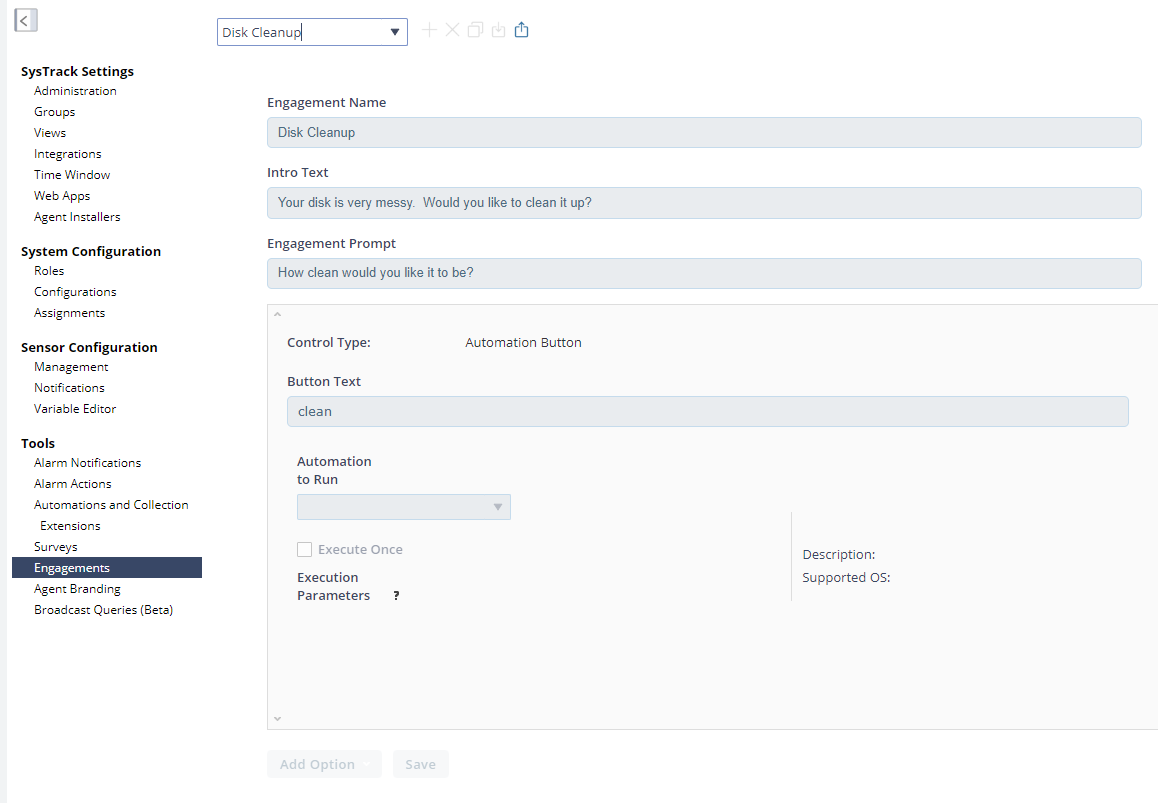
IMPORTANT: The following is an update for the 11.1 release.

Create a New Engagement
-
Click the plus icon to create an engagement.
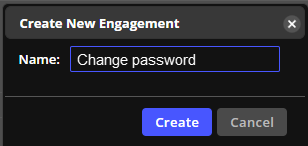
-
Enter a name and click Create.
-
Enter introduction text. This text will be the first thing the user sees when the engagement is activated.
-
Enter a prompt for the engagement. The prompt for the engagement is what the user will see when they begin the engagement.
-
Choose the actions in the engagement that you’d like to make available to the end user:
-
Enable the end user to Run an Engagement.
-
Click Select Automation to choose an automation.
-
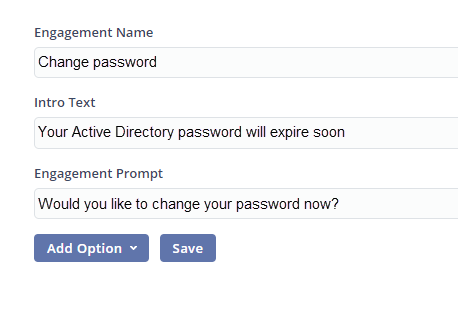
Run an Engagement
-
Click Add Option and select Automation Button.
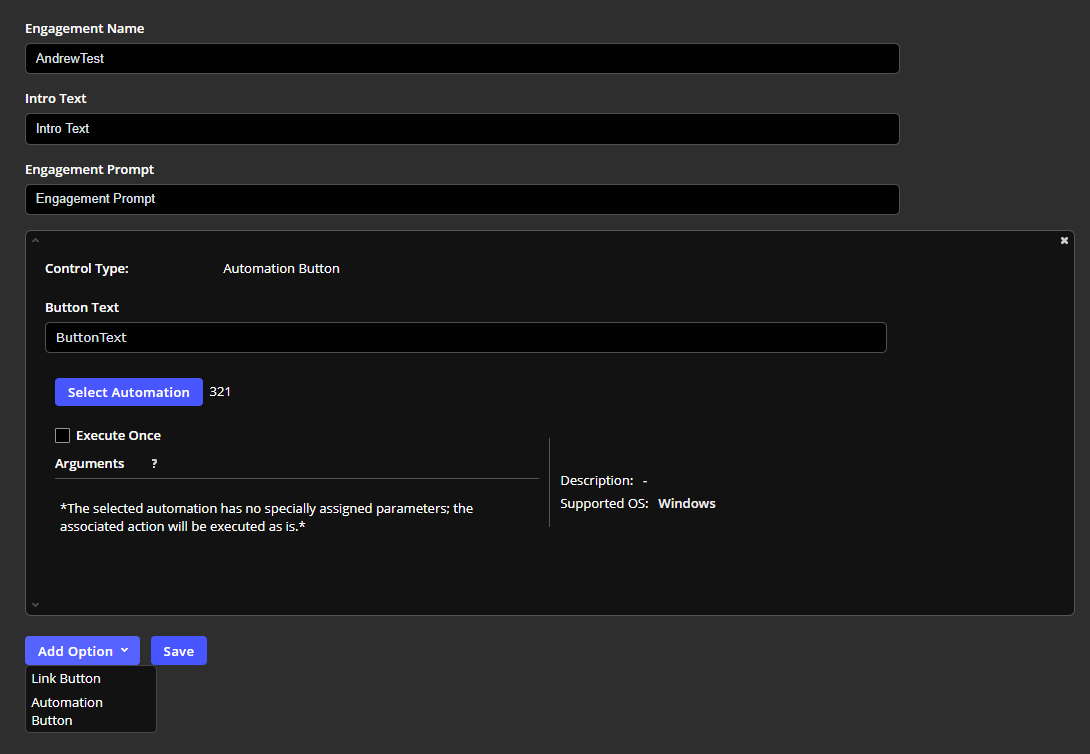
-
Click Select Automation to run.
-
Click Execute Once to run the automation one time.
NOTE: This option ensures the automation runs once. If you want the automation to iterate over all causes in a payload, leave this option unchecked. This is useful if there is a sensor that triggers for something like disk full. If there are multiple disks that are full, the automation cleans up one at a time.
Link the Button to a URL
-
Click Add Option and select Link Button.
-
Enter text for the button.
-
Enter the URL for the button link.
-
Click Save.
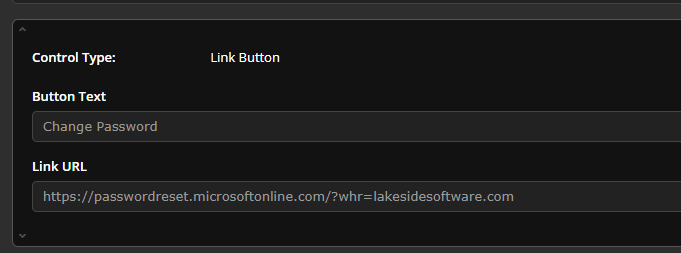
What End Users See
After you set up engagements, at some point a pop-up will display for end users. Below is an example of an engagement and how it appears to end users.
NOTE: You can customize engagements in Configure on the Tools > Engagements page.
When the user clicks Begin, they will view a similar message to the following that includes the options they can click to address the cause of the message.
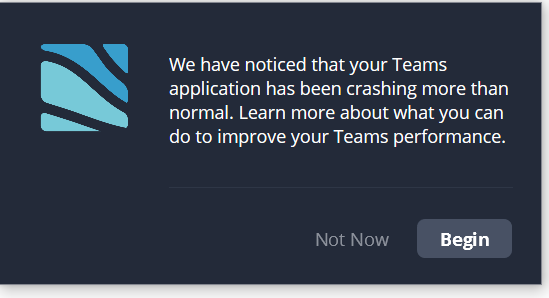
In this example, the first option will run an automation to clean the Teams cache and the second option will take them to an external web page with instructions. The engagement disappears after the user selects one of the options.
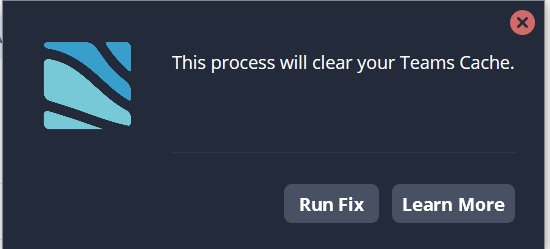
Edit an Existing Engagement
-
Select an engagement from the drop down list.
-
Edit any of the fields, options or add new options.
-
Click Save.
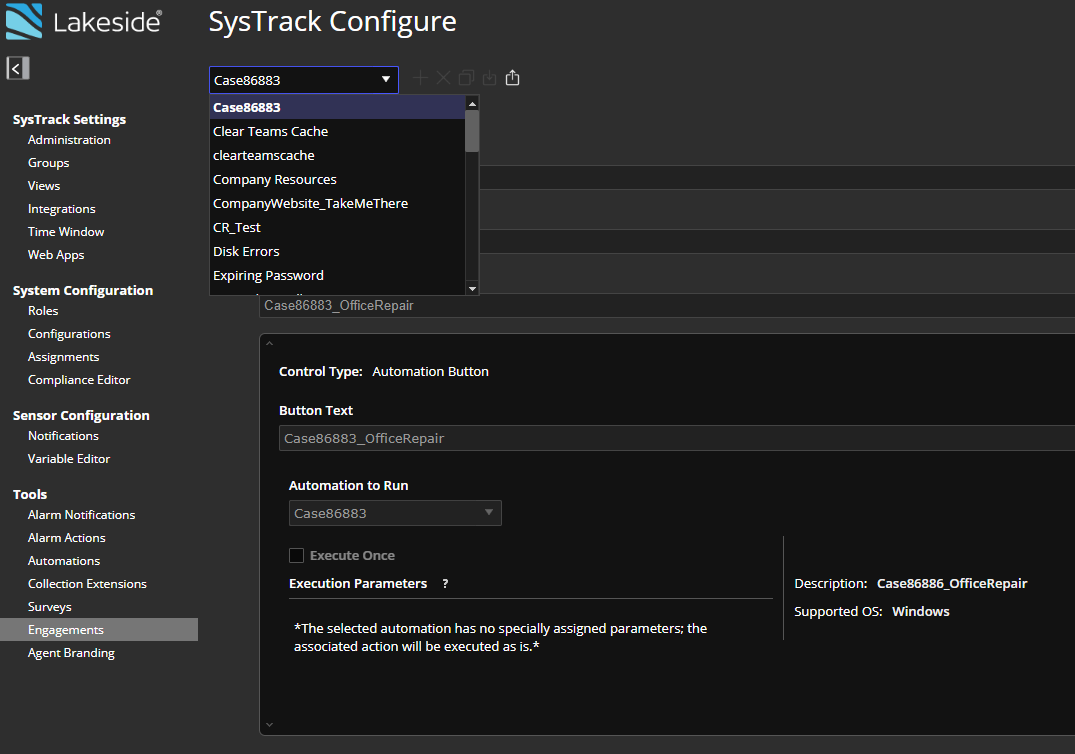
Agent Branding
To edit the engagement branding, go to Branding .
On This Page